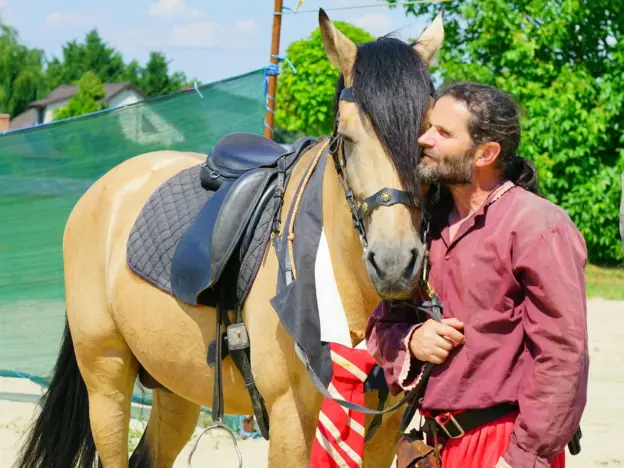Intro
Buckskin is a color breed, registered based on coat color and markings rather than breed bloodlines. Both registries for the color include buckskin and dun coloring. While these two look similar, they are distinct genetically.
Origins
The American Buckskin Registry Association was established in 1962 and the International Buckskin Registry was founded in 1970, (now the International Buckskin Horse Association). There are a variety of genetics allowed to register, based on their color and markings.
Registration Eligability
These registries are not as strict as some of the other color breeds. Allowing a variety of genetics if they have the correct color characteristics. The two main colors are buckskin and dun.
Buckskin
A true buckskin is the result of a single cream dilution on a bay or brown base. A single cream gene only affects red hairs, so only body hair is diluted, mane, tail and points remain black. Buckskin animals can display dapples, black leg markings and when affected by a sooty modifier dark hairs dispersed throughout the coat along their topline (sooty animals may not be eligible for registration).
Dun
Wholly different genetically, the dun factor affects all base colors by diluting the coat color. It works by concentrating pigment granules on one side of the hair, causing the other side to be translucent. This dilutes the coat by roughly 50%, leaving mane, tail and points black or dark brown. On a bay, the color can be similar to buckskin, although the coat is generally more subdued and not as creamy.
Dun animals will also have a clear dorsal stripe and generally some degree of primitive striping on their legs, shoulder or face. All dun colors can be registered.
Brindle
This is an incredibly rare marking found only in a few genetic strains. The International registry registers them under dun and mentions they generally come from the Netherlands. However, there are several types of known brindle types and are also found (probably more often) in Mongolian animals.
Features
Average height up to 14.2 – 15 hands
Physique
Because these colors can be found on such a wide number of breeds, conformation and physical characteristics will vary from animal to animal.
Traditional Colors
Temperament
Generally color breeds discourage registration of difficult or aggressive animals.
Use
Can be found in all disciplines of horsemanship
Helpful Links
*All links open in a new window
International Buckskin Horse Association
American Buckskin Registry Association
